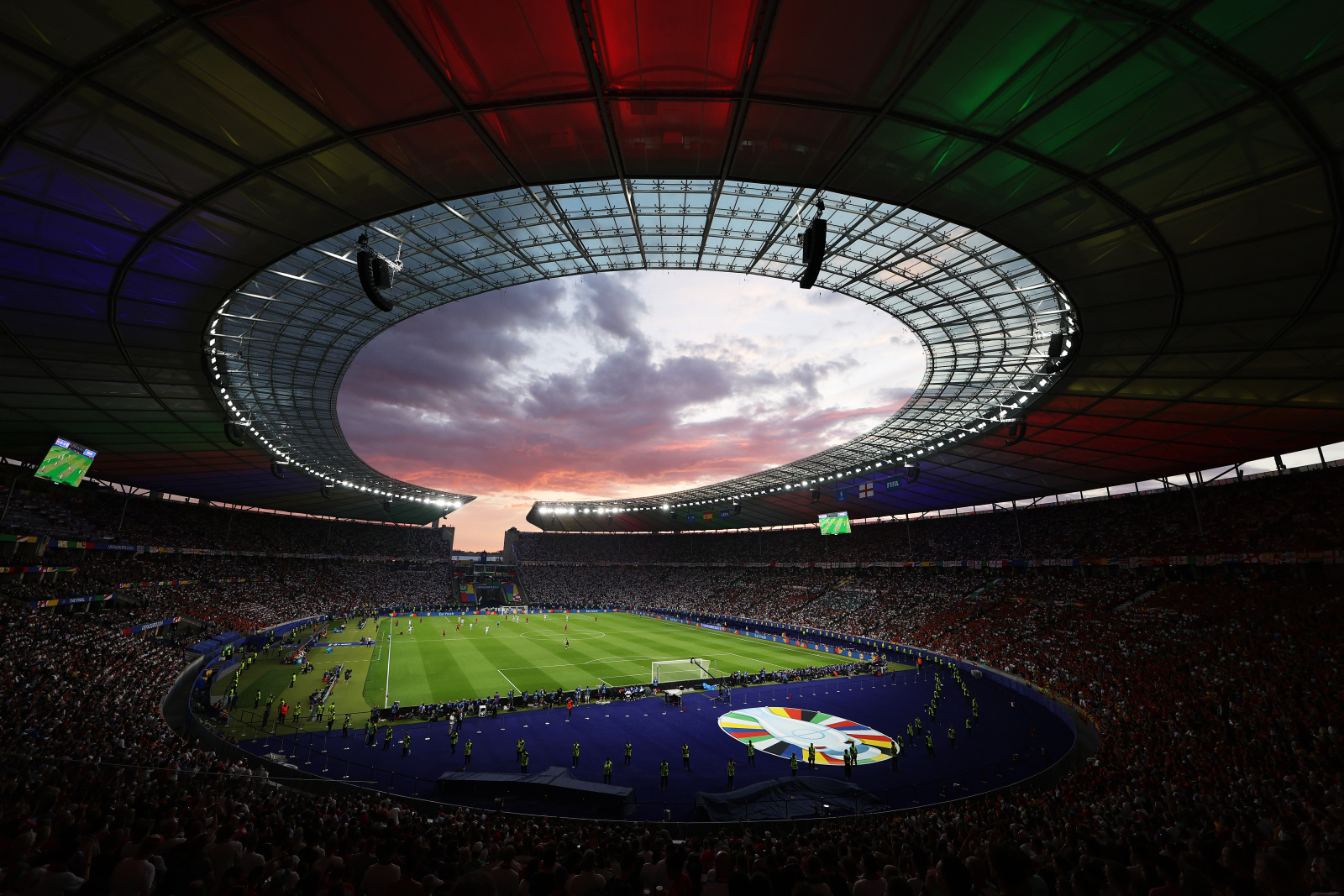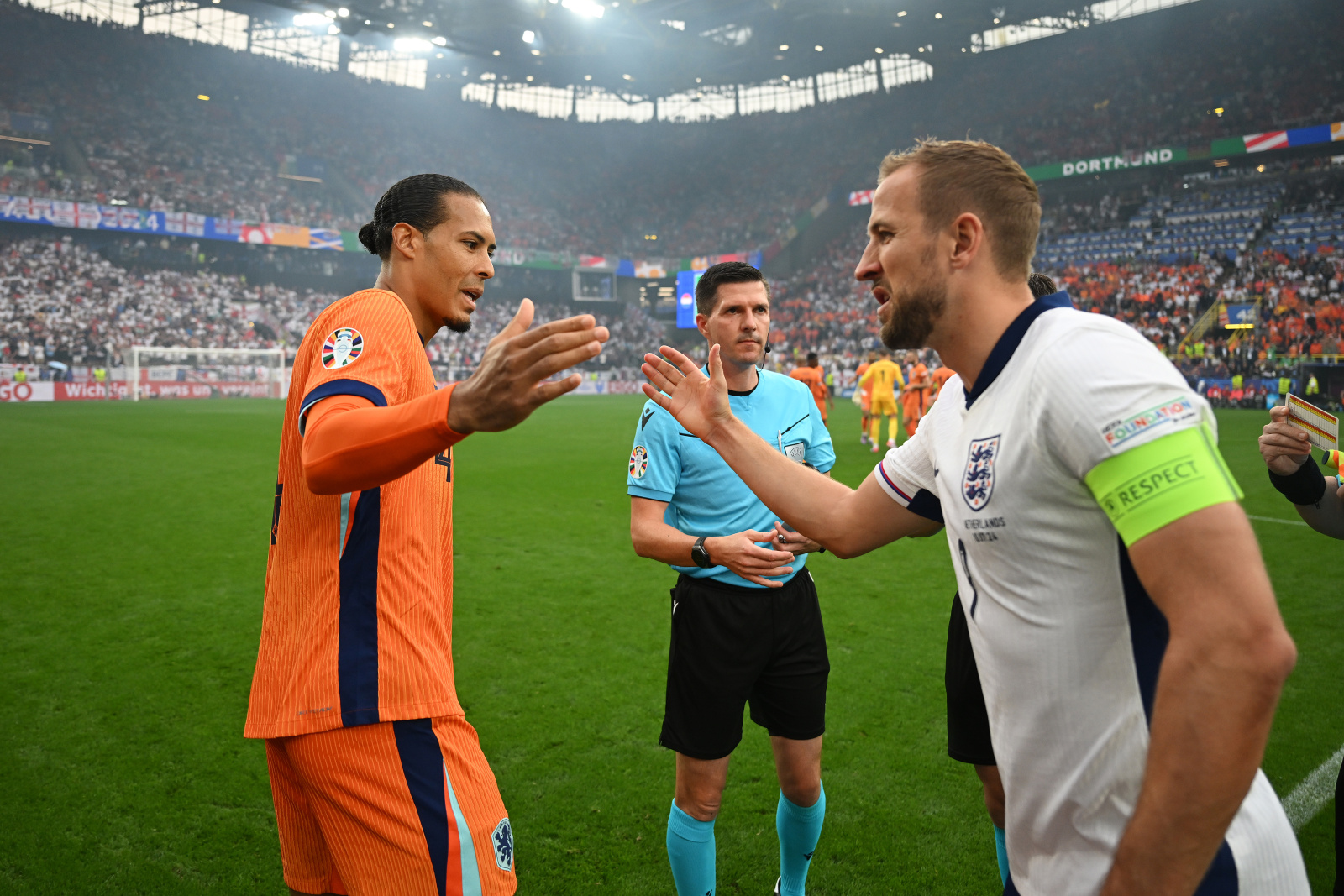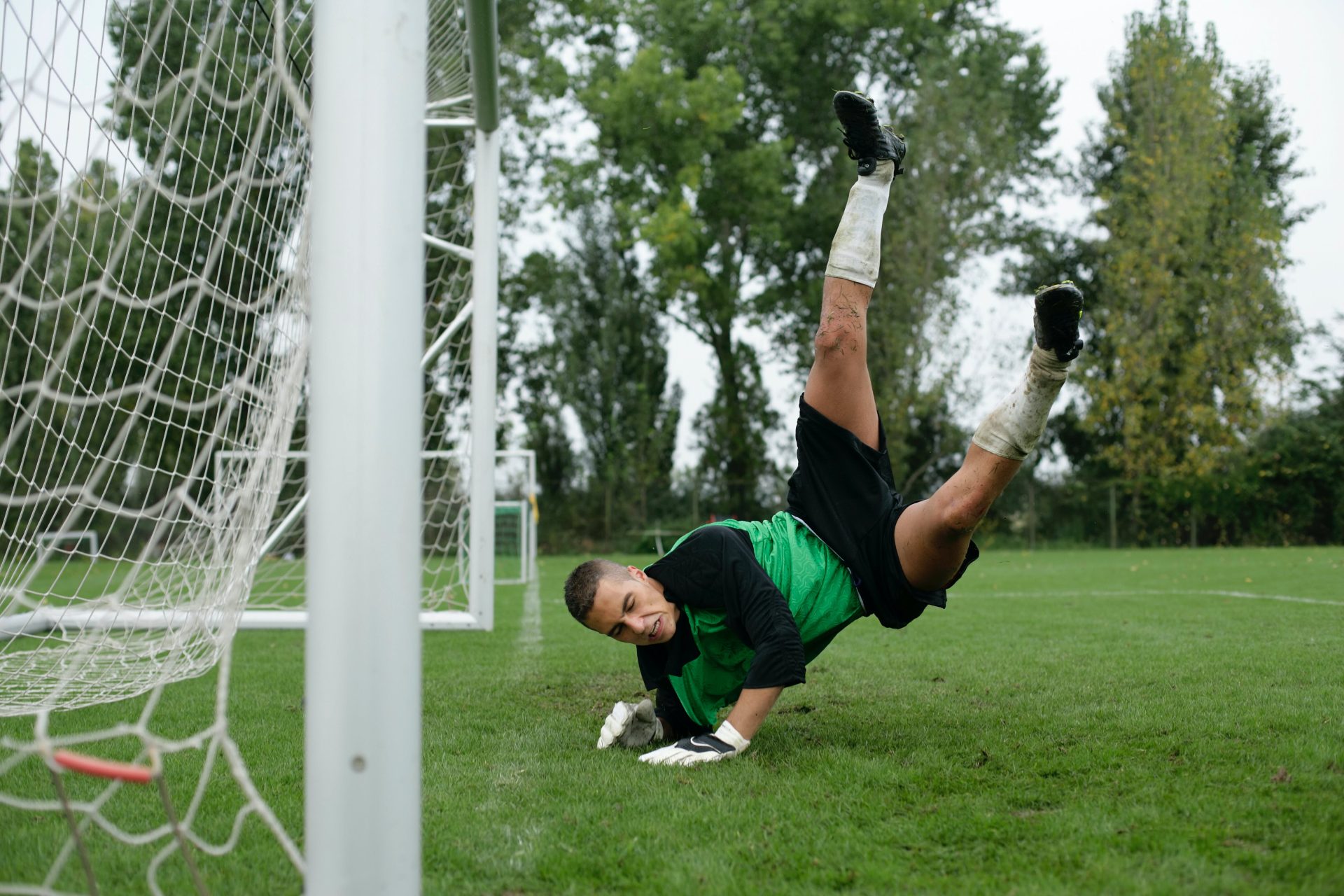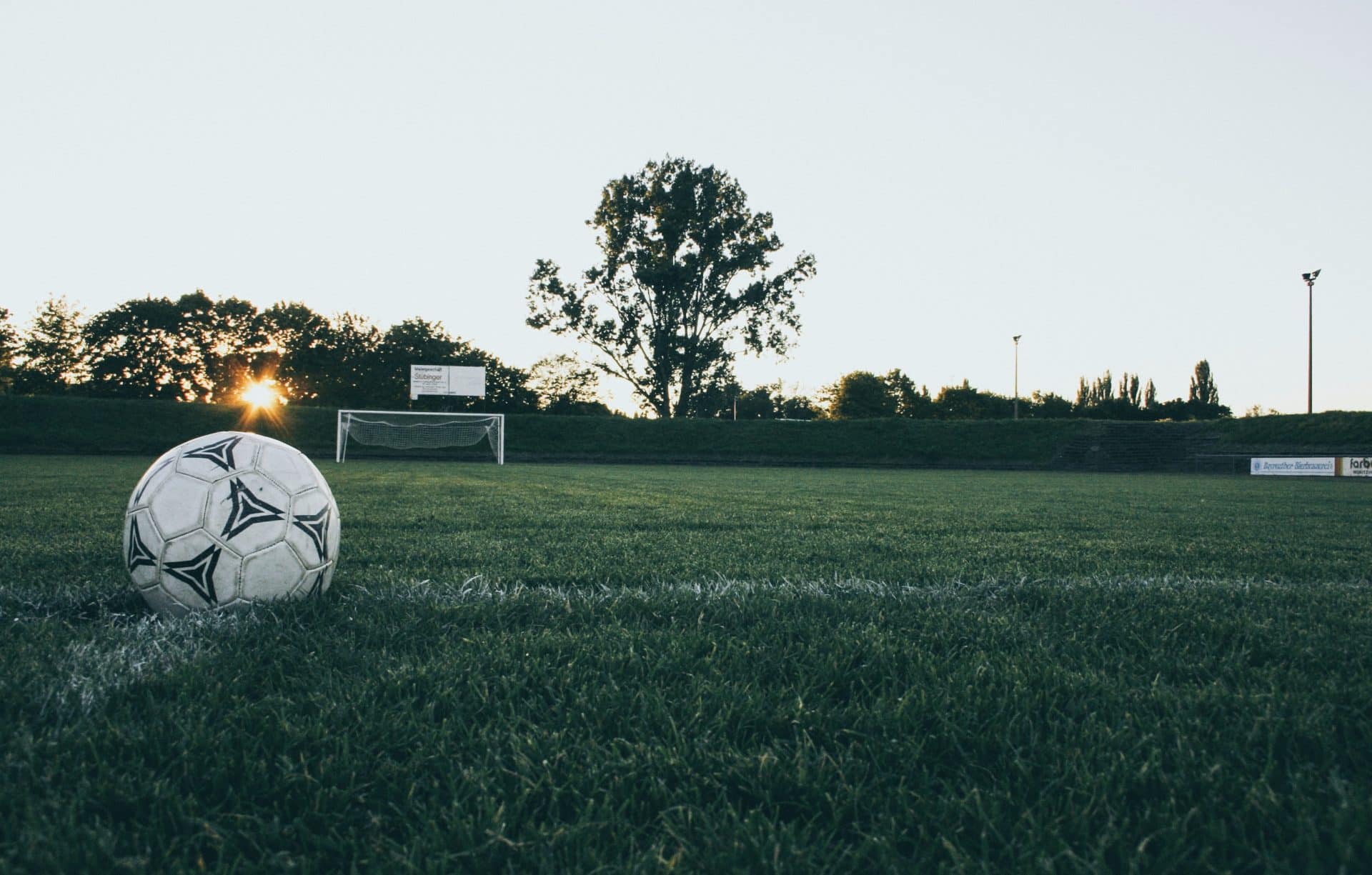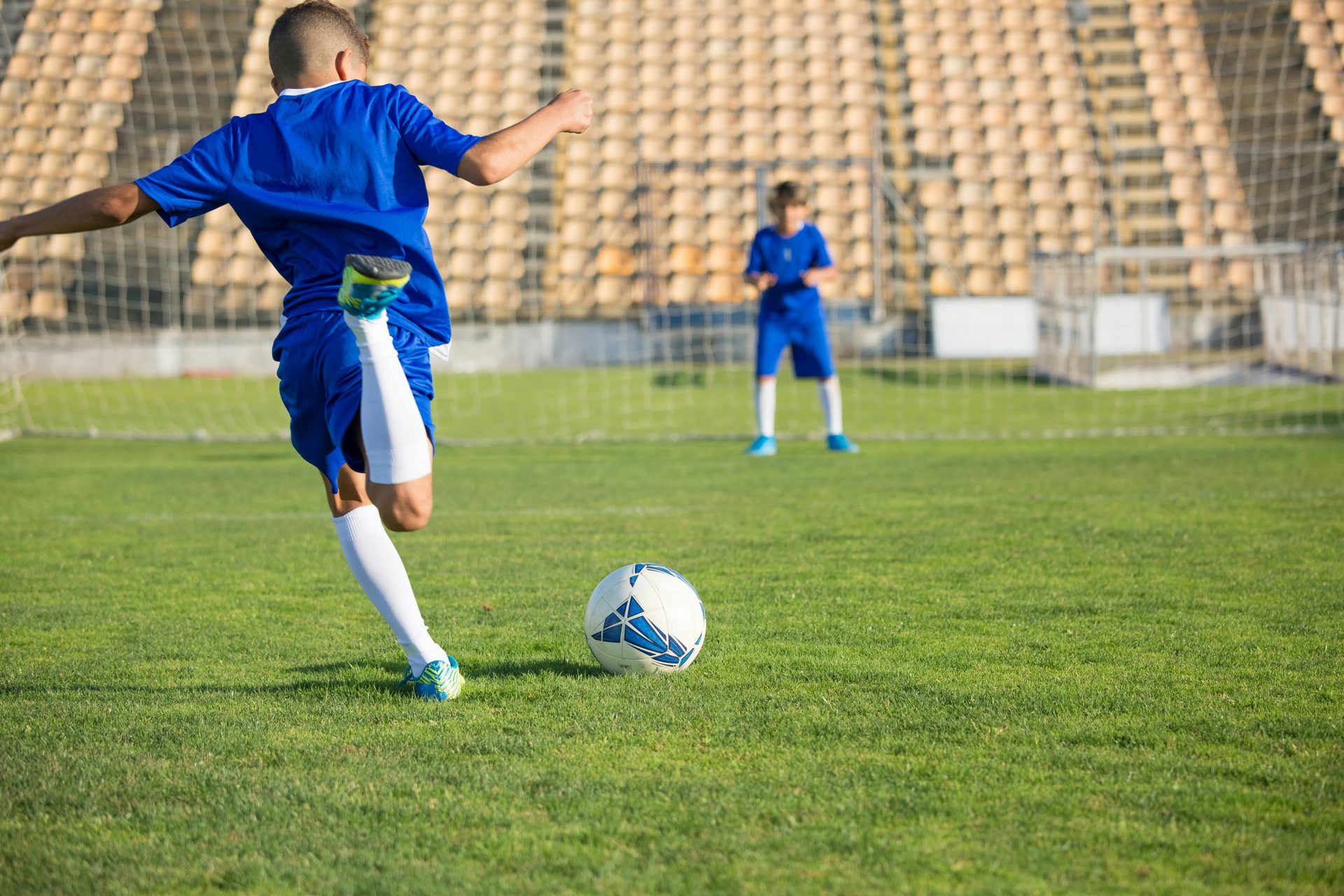Why Does Offside Exist in Soccer? Understanding the Rule’s Purpose and Impact

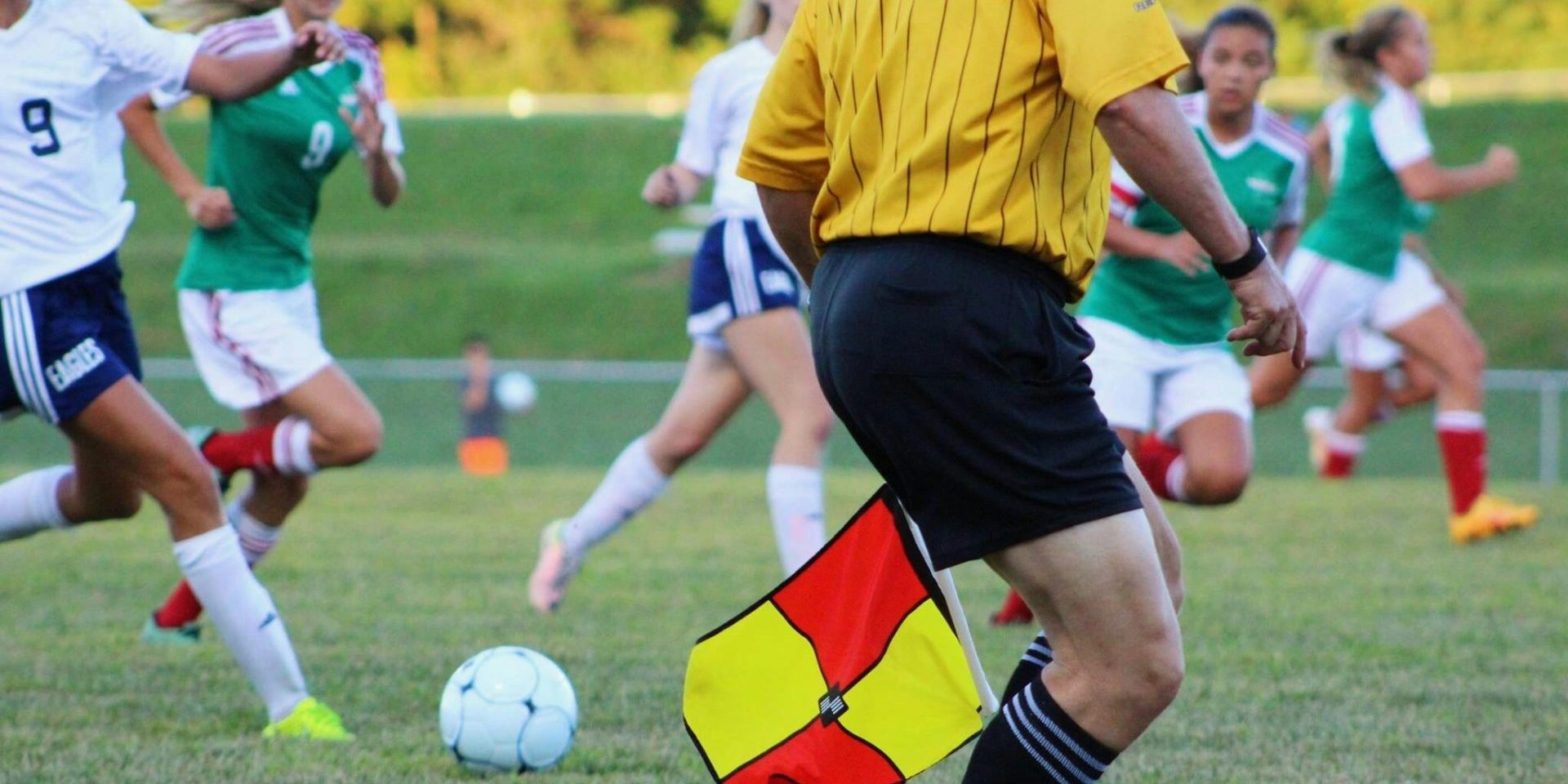
Table of Contents
The offside rule is a fundamental aspect of soccer, shaping the game’s dynamics and requiring a tactical awareness from players. Dating back to the 19th century, the rule was first introduced to discourage “goal hanging” – a strategy where players positioned themselves near the opponent’s goal waiting for an easy scoring opportunity. By demanding that players be positioned behind the second-last opponent or the ball at the moment the ball is played to them, it ensures a level of fairness and skill in offensive play.
Historically, the offside rule has evolved to keep up with the changing pace and style of soccer, undergoing various modifications since its first recorded use in the 1800s. The rule’s enforcement is pivotal for maintaining structure within the game and promoting team play over individual success. The requirement that players remain onside prevents them from gaining an unfair advantage, fostering more strategic and creative methods of attack.
The existence of the offside rule in soccer is critical for several reasons: it encourages teams to play cohesively and strategically, it enhances the challenge of scoring, and maintains the integrity of the sport. Without it, soccer would likely see a drastic change in the way it is played, shifting the focus away from the skillful buildup of plays to mere positioning near the opposing goal. The rule’s significance extends beyond merely preventing unfair advantages – it is integral to the very nature of the sport.
Fundamentals of the Offside Rule
Understanding the offside rule is essential for grasping the flow of a soccer game and its strategies.
Defining Offside Position
An attacking player is in an offside position if he or she is in the defending team’s half of the pitch and is closer to the goal line than both the ball and the second-to-last defender, typically the last outfield player. It is important to note that being in an offside position is not an offense in itself.
Offside Offence and Its Exceptions
An offside offense occurs when the player in the offside position becomes actively involved in play, by:
- Interfering with play: Playing or touching the ball passed or touched by a teammate.
- Interfering with an opponent: Preventing an opponent from playing or being able to play the ball by clearly obstructing the opponent’s line of vision or challenging an opponent for the ball.
- Gaining an advantage: Playing a ball that rebounds or is deflected to him or her from the goalpost, crossbar, or an opponent.
There are exceptions where a player cannot be penalized for offside:
- If the player receives the ball directly from a goal kick, throw-in, or corner kick.
- If the player is in his or her own half when the ball is played.
Role of the Assistant Referees
Assistant referees have the critical role of identifying and signaling offside offenses. They position themselves in line with the second-to-last opponent or the ball, whichever is closer to the goal line, to gauge onside and offside positions. When they observe an offside offense, they will raise their flag to signal to the main official, and an indirect free kick is awarded to the defending team from the location of the offending player at the time the ball was played.
History and Evolution of the Rule
The offside rule in soccer is fundamental to the game’s structure and has undergone significant alterations since its inception. This section will detail the chronological developments of this rule, highlighting its origins, ensuing amendments, and advancements in assisting officials to enforce it accurately.
Origins in Association Football
In the 19th century, association football adopted the offside rule from the Cambridge Rules established in 1848. The original regulation deemed a player offside unless they had three opponents between them and the opposing goal. This rule was instituted by the Football Association in 1863 to prevent goal-hanging and encourage passing play.
Major Amendments by the IFAB
The International Football Association Board (IFAB), established in 1886, has been responsible for governing the Laws of the Game. One of the most notable amendments came in 1925 when the needed number of defenders between the attacker and the opponent’s goal line was reduced from three to two. This amendment aimed to increase scoring opportunities and reduce the game’s stoppages.
Introduction of VAR and Offside Technology
In the 21st century, there was a significant shift with the introduction of VAR (Video Assistant Referee) and offside technology. These tools were implemented to support match officials by providing video footage and automated detection to make accurate offside calls. They have been influential in determining close and contentious offside decisions in high-stakes matches.
Impact on Soccer Strategy
The offside rule in soccer creates a structured environment that requires teams to play with tactical awareness and skill. It influences the positioning and movement of players, directly affecting team strategies, both in defensive and offensive play.
Tactics Employed by Teams
Teams often need to adapt their gameplay to utilize space and avoid offside violations effectively. Attackers must time their runs and maintain awareness of their position relative to the defending team. On the other hand, midfields are in a constant push-and-pull scenario where they have to balance between support for offense and the need to retreat to maintain defensive solidarity.
Defensive Strategies and the Offside Trap
The defensive strategies include the use of the offside trap where the defense will move up field deliberately to catch attackers offside. This high-risk tactic can lead to a turnover or, if mistimed, can give the attacker an immense advantage. A successful offside trap can prevent numerous goal opportunities and can tie an offense in knots if properly executed.
Impact on Offensive Play and Goal Scoring Opportunities
For the offense, understanding the offside rule is essential for creating goal scoring opportunities. Attackers strive to remain onside while positioning themselves to receive passes and score. The rule necessitates a depth of synchronization between the attacker and their teammate who is handling the ball. This prevents attackers from simply camping near the opponent’s goal, thereby fostering dynamic play.
Controversies and Debates
The offside rule in soccer is one of the most contentious points in the sport, often leading to heated debates regarding its application and interpretation. Issues frequently arise concerning the accuracy and timing of offside calls, as well as disputes over what constitutes being ‘involved in the play’.
Challenging Offside Calls with Replay Technology
Replay Technology: The introduction of video replay technology, commonly known as VAR (Video Assistant Referee), has provided a tool for reviewing contentious offside decisions. While designed to reduce human error, its application has not been without controversy. Critics argue that the precision demanded by replay technology can interfere with the flow of the game, causing delays and sometimes ruling out goals for marginal offsets that are not apparent in real-time.
- Opposition and Support: Some factions within the soccer community are opposed to replay technology’s influence, suggesting it undermines the referees’ authority on the pitch. Conversely, proponents of VAR assert that it lends additional accuracy to the game, ensuring that goals are legitimate and reducing the impact of mistaken offside calls.
Disputes Over the Interpretation of the Offside Rule
Defining Involvement: A key point of conflict in the offside rule’s interpretation revolves around what it means for a player to be ‘involved in active play’. Being in an offside position is not a foul in itself; it becomes a foul only if the player is actively involved in the play by interfering with an opponent or gaining an advantage from being in that position.
- Second-Last Opponent: Disputes often occur over a player’s position in relation to the second-last opponent or the ball at the moment the ball is played. The exact moment when the ball is played can be a fraction of a second, leading to disputes in real-time decision-making by officials.
- Frequently Raised Questions (FAQs): FAQs often focus on why a player is flagged for offside if not directly affecting play or how the ‘second-last opponent’ definition applies in different scenarios. Soccer’s governing bodies strive to clarify the rules, yet some ambiguity remains, fueling ongoing debate among fans, players, and officials.
Offside Rule in Popular Culture
The offside rule, a fundamental aspect of association football, permeates popular culture through its influence on the enjoyment of the sport and the discussions it prompts among its audiences.
Perception Among Fans and Spectators
Fans and spectators often have strong opinions about the offside rule. It is a frequent topic of discussion and debate among those who follow football. Some fans argue that offside decisions can be puzzling due to their complexity and the speed at which they need to be made. FIFA, the governing body of football, has implemented various technologies like Video Assistant Referee (VAR) to assist referees and improve the accuracy of offside decisions. This has led to increased scrutiny and discussion in media and public forums.
- Confusion: Offside calls can cause confusion and lead to heated debates among fans.
- Technology: The introduction of VAR has sparked discussions on its effectiveness in adjudicating offside calls.
Offside Rule’s Contribution to the Entertainment Value of Soccer
The offside rule has a significant impact on the entertainment value of soccer. By promoting fair play and requiring tactical skill, the rule helps to maintain the balance between attacking and defending, thus preserving the competitive nature of the game. The “beautiful game” retains its appeal in part due to the offside rule prompting teams to exhibit creativity and strategic thinking rather than relying on goal-hanging tactics.
- Tactical Play: Encourages teams to strategize and showcase their technical skills.
- Athleticism: Demands a higher level of athleticism and awareness from players.




